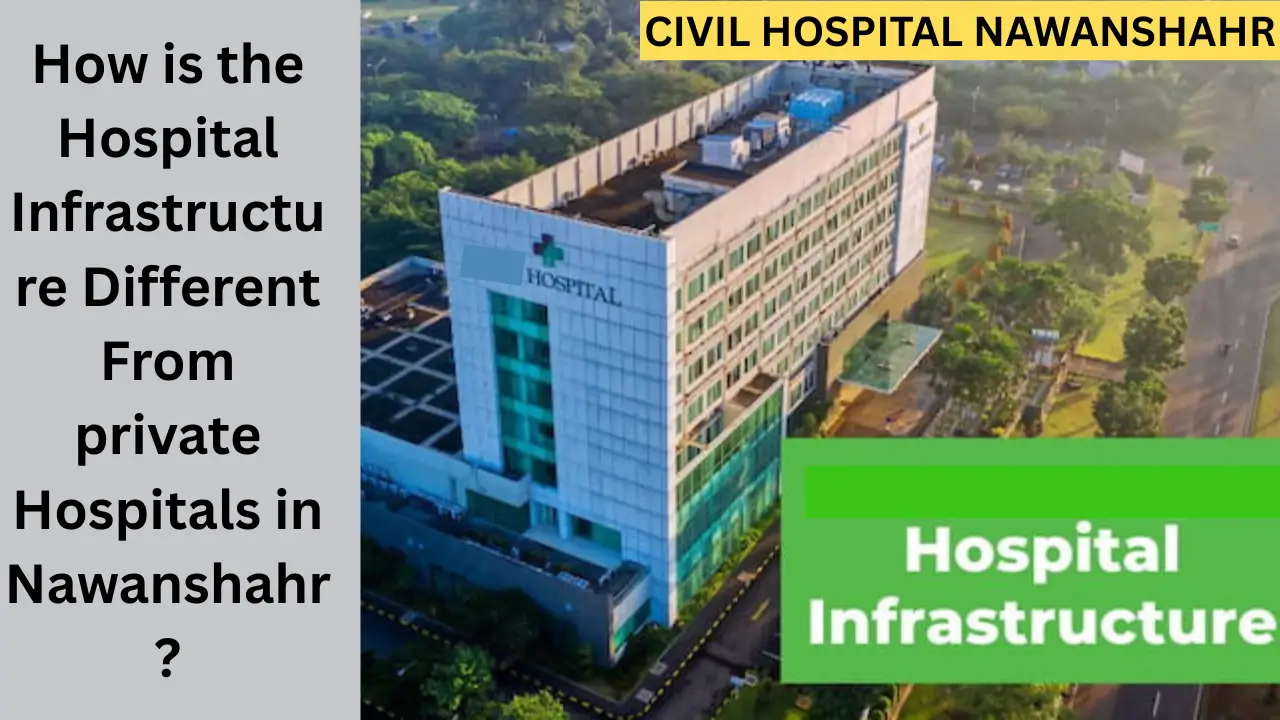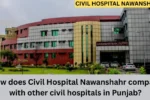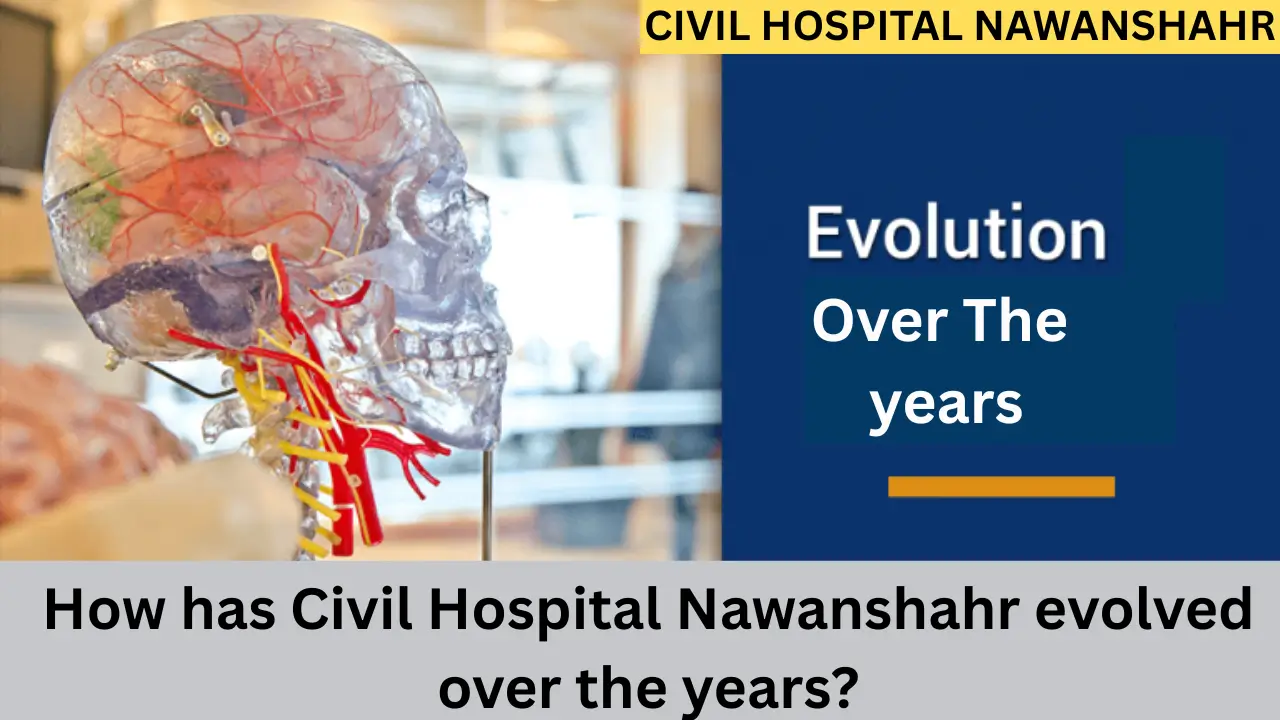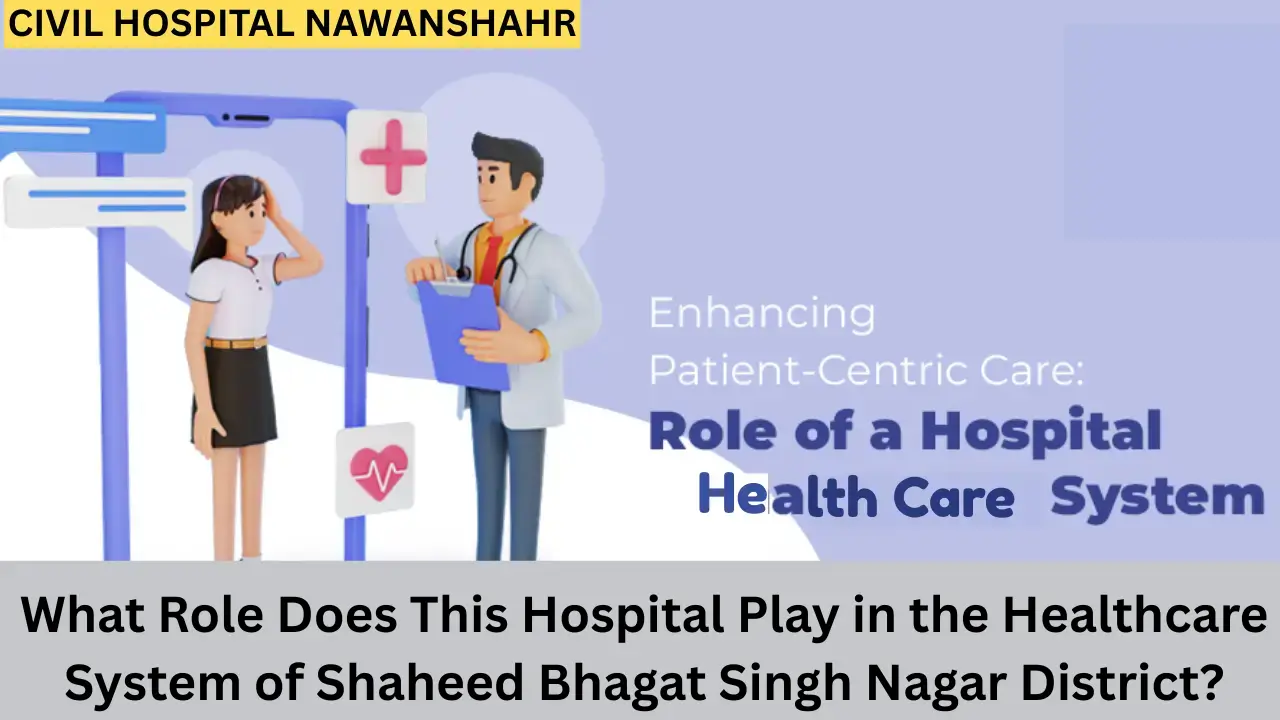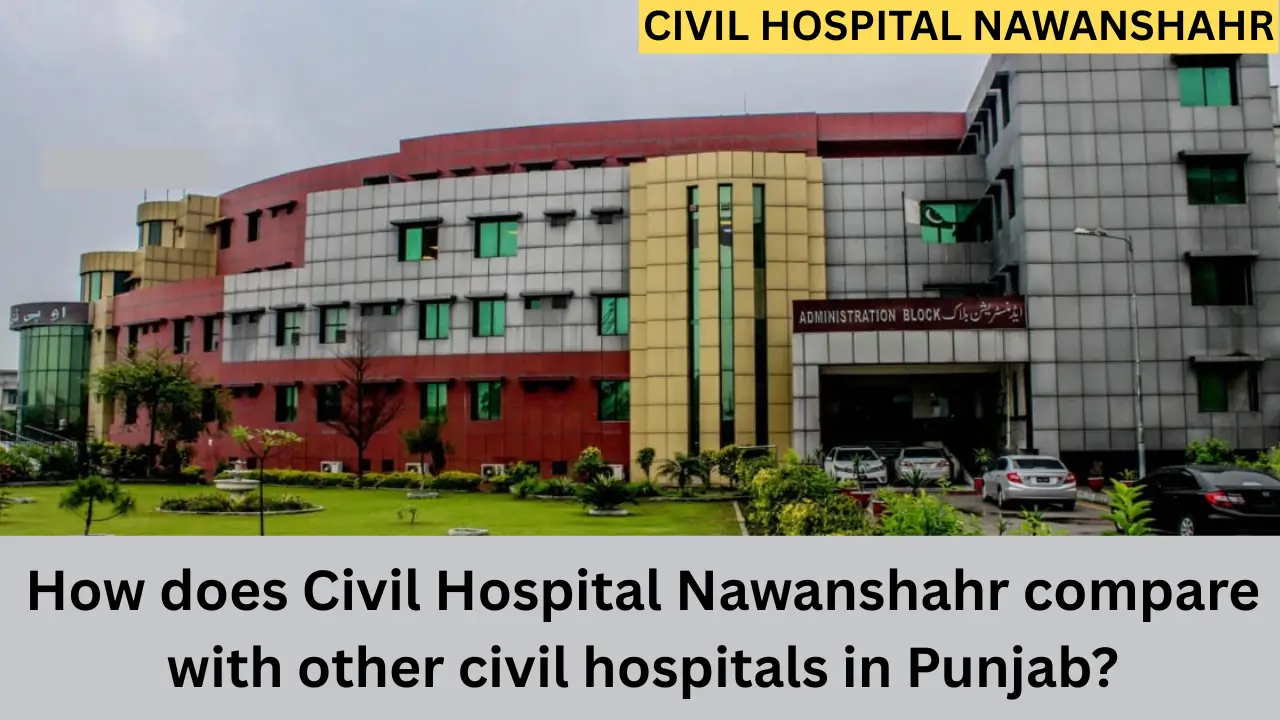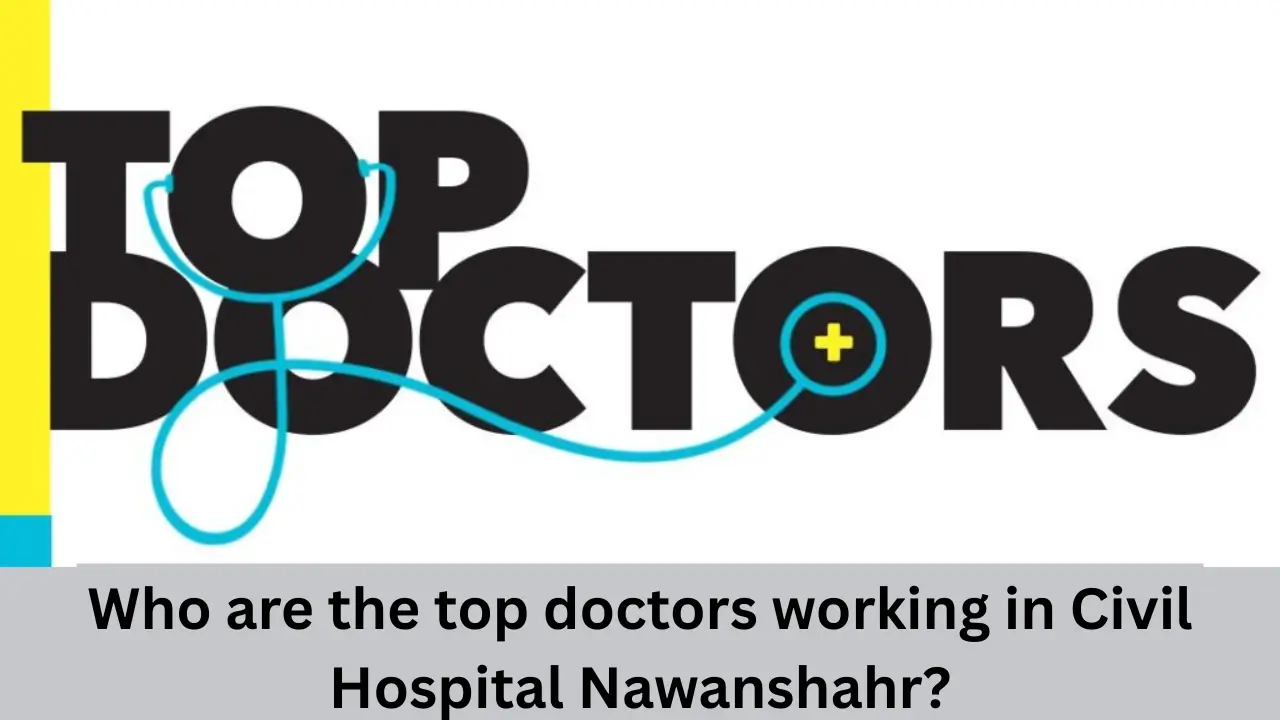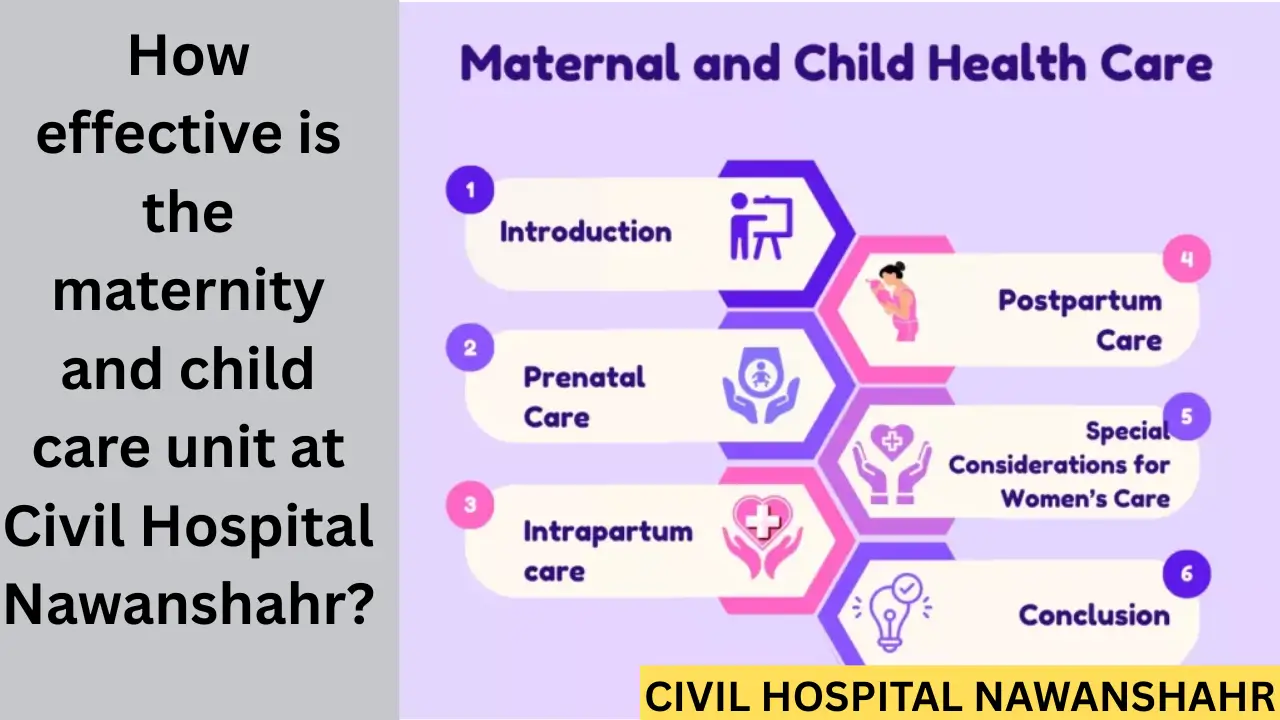In Nawanshahr, Punjab, healthcare infrastructure forms a critical base for delivering medical services to the population. The healthcare sector is composed of both government-run hospitals and private hospitals, each with distinct differences in infrastructure, services, and operational models. This article explores how the hospital infrastructure in government hospitals differs from that in private hospitals in Nawanshahr, highlighting facets like building facilities, equipment, staffing, accessibility, and recent developments.
Overview
Nawanshahr hosts a mix of government health facilities including a district hospital, community health centres (CHCs), primary health centres (PHCs), and other smaller health units, supplemented by private hospitals that often cater to more specialized and elective healthcare services.
Key Differences Between Government and Private Hospital Infrastructure
| Feature | Government Hospitals (Nawanshahr) | Private Hospitals (Nawanshahr) |
|---|---|---|
| Building and Facility | Often housed in government-owned buildings; sometimes aging or lacking modernization; infrastructure growth sometimes delayed, impacting service quality. | Usually more modern buildings with recent investments; focus on patient comfort and aesthetics. |
| Equipment and Technology | Limited advanced diagnostic tools (e.g., MRI, CT scan introduced mainly through PPP models recently); some equipment may face maintenance issues. | Generally well-equipped with up-to-date diagnostic and treatment technology including latest imaging and surgical equipment. |
| Bed Capacity and Services | Larger in scale but sometimes with inadequate IPD (in-patient department) beds; multi-specialty but may lack some specialty services like neurology or nephrology. | Smaller but more specialized units; better allocation of beds for specialized care; elective surgeries common. |
| Staffing and Expertise | Staff includes doctors, nurses, and community health officers mainly funded by government schemes; shortages and disparities in staffing occur; regular training a challenge. | Usually hired on competitive salaries; specialists and super-specialists available; patient care often personalized. |
| Accessibility and Cost | Accessible to all with minimal or no fees; serve larger population including underprivileged; sometimes long waiting periods. | Access mostly fee-based; quicker admissions and shorter waiting times; better amenities but higher out-of-pocket costs. |
| Emergency and Support Services | Emergency services may lack round-the-clock operation for all specialties; some essential services like oxygen supply have had historic constraints. | Typically operational 24/7 with advanced emergency care; better support services including ambulance and ICU facilities. |
Detailed Insights
Facilities and Services
- The public health facilities in Nawanshahr operate under the National Health Mission and Ayushman Bharat guidelines, converting several SCs/PHCs into Health and Wellness Centres aimed at comprehensive primary healthcare.
- District and community hospitals provide a broad range of services, though some specialized diagnostic and treatment services remain limited.
- New government initiatives are encouraging public-private partnerships (PPP) to bridge gaps in radiology and diagnostic services; for example, MRI and CT scan machines have been recently planned in the district hospital to improve early diagnosis capabilities.
Challenges
- Infrastructure upgrades in government buildings have faced delays due to administrative and financial constraints.
- Shortages in manpower, especially specialist doctors, along with inconsistent equipment availability, lead to occasional production bottlenecks.
- Despite physical infrastructure, maintenance issues and scarcity of advanced medical equipment such as negative isolation rooms, modern Operation Theater environments, and piped medical gases have been reported.
- Bed occupancy is often very high, exceeding 80% in many government hospitals, emphasizing the strain on existing infrastructure.
Strengths of Private Hospital Infrastructure
Modernization and Specialization
- Private hospitals focus heavily on customer experience, incorporating modern construction, air-conditioned wards, private rooms, and hospitality services.
- Investment in cutting-edge medical technology and diagnostic tools is common to attract paying patients and compete on service quality.
- These hospitals typically have onsite specialists available for key disciplines, enabling advanced elective surgeries and treatments like cardiology, nephrology, and neurology.
Operational Efficiency
- Better staffing ratios, competitive salaries, and incentives encourage retention of experienced medical professionals.
- Emergency departments are generally staffed 24/7 with advanced life support and trauma care capabilities.
- The ambiance, quick service, and reduced wait times are important differentiators.
Recent Updates and Developments in Nawanshahr
- Government hospitals in Nawanshahr are part of Punjab’s initiative to partner with private players under PPP models, especially for radiology diagnostics like MRI and CT scans, which were recently lacking.
- There have been efforts to upgrade Primary Health Centres into Health and Wellness Centres, focusing on expanding primary care services.
- Despite advances, reports indicate the need for improved emergency operation theatres and more medical gas infrastructure in government hospitals.
- Private hospital growth continues, with new clinics and specialty care centers opening to meet demand for more advanced medical services.
Summary:
Patients in Nawanshahr face a choice shaped largely by cost, accessibility, and preferred care quality:
- Government hospitals offer wide-reaching healthcare access with cost-effective or free treatments but often struggle with infrastructure limitations tied to funding and resource availability.
- Private hospitals provide modern, well-equipped environments with specialist care and reduced wait times at a higher out-of-pocket cost.
Both sectors play vital complementary roles in meeting the healthcare needs of Nawanshahr’s population.
Bulleted Points Highlighting
- Government hospitals are usually integrated into public healthcare schemes focusing on large-scale accessibility.
- Private hospitals focus on modernization, advanced technology, and patient comfort.
- Equipment availability (e.g., MRI, CT) is limited in public hospitals but expanding via PPPs.
- Government hospital staff may face salary and resource disparities impacting service delivery.
- Private hospitals typically have 24/7 emergency services across specialties.
- Government infrastructure upgrades are ongoing but face administrative delays.
- Bed occupancy is higher in government hospitals reflecting heavy patient load.
- Private hospitals offer faster diagnostic turnaround and elective procedures.
- Public hospitals serve a broader demographic including economically weaker sections.
This nuanced infrastructure divide shapes healthcare delivery in Nawanshahr, with ongoing developments aiming to enhance government hospital capacities while private hospitals continue to set benchmarks in specialized patient care.
